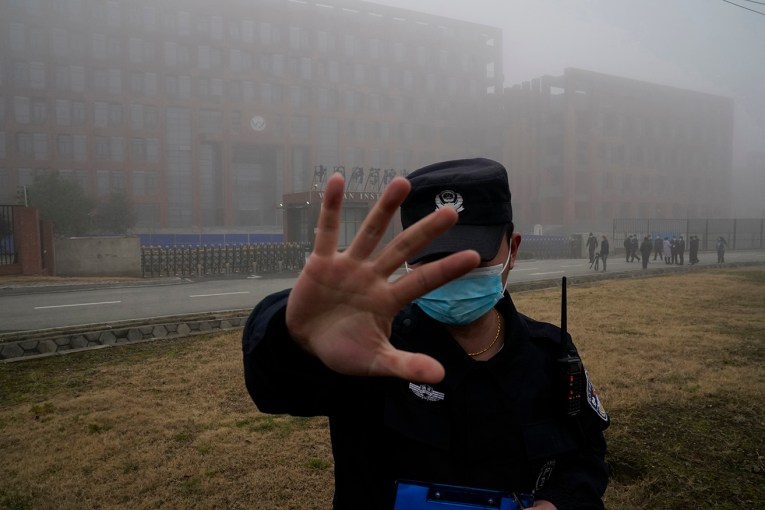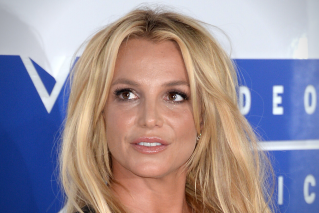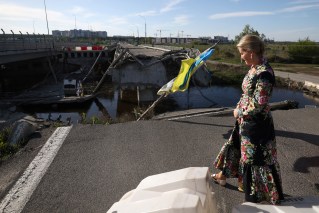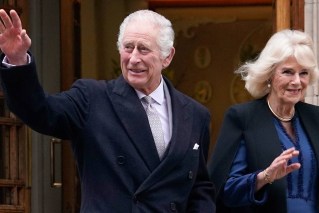It’s winter and the school holidays, with new data revealing how many Australians are keen to escape the cold and the daily humdrum of their lives.
Travel search engine Kayak data shows searches for domestic return economy flights during the June school holidays are up about 143 per cent compared to 2019, while searches for international flights in that time are up about 69 per cent.
But these travel dreams come at a higher cost; airfares have risen year on year across a majority of the most-searched destinations for both domestic and international flights.
David Beirman, senior lecturer in tourism at the University of Technology Sydney, said much of the rise in airfares, particularly domestic fares, could be attributed to airlines trying to recoup losses accrued through years of border closures early in the pandemic.
However, he noted new low-cost carrier Bonza is helping lower costs on less-serviced domestic routes.
Cheapest day to travel
Whether you’re looking to fly domestically or internationally these school holidays, travelling on a Thursday could help out your bank account.
Kayak data shows flying on Thursdays can save you an average of $47 for a domestic flight. They cost most on Sundays.
Travelling on a Thursday will save you on average $96 for international flights, which are most expensive on Saturdays.
Dr Beirman said airlines need to fill seats to make a profit, and they know the best way to do that on days that are least popular with travellers is to lower prices.
“Whatever strategy you use to try and fill those seats – including making it cheaper to fly in the middle of the day as opposed to the early morning or the late afternoon where there’s already a lot of demand – they’ll certainly do it,” he said.
International attitudes vary
Of the cities among the top 10 most searched international destinations for the June-July school holiday period, only Bangkok, Tokyo and Ho Chi Minh City saw airfares stay flat compared to 2022.
Auckland has seen an 18 per cent dip in airfares, but flying to the rest of the cities on the list has become significantly more costly.
The most expensive international destinations include Reykjavik ($3634 on average), Montreal ($3362 on average) and Newcastle upon Tyne ($3297 on average), Kayak data shows.
Dr Beirman said many European destinations are already seeing plenty of European tourists, so there is little motivation to keep travel costs low for Australians.
“Places like Greece, Turkey, Italy, Spain and Portugal are full of Europeans who are going from one part of Europe to another,” he said.
“So in a sense, Australians, which are seen as a minor market for a lot of those destinations, are kind of surplus to requirements.
“They’re not discouraging us from going, but they’re going to charge Australians more.”
On the other end of the spectrum, countries that rely more heavily on Australian tourists to bolster their economy have been keeping travel costs down, including airfares.
Japan is a prime example because the country waited even longer than Australia to open its borders after the onset of COVID-19. There have been several airfare sales since the country opened up, the most recent being a $699 return Virgin flight from Cairns to Haneda, Tokyo.
Thailand, Fiji, Samoa and Indonesia have also been keen for Australians to visit, and have put a lot of pressure on airlines not to introduce “extortionate” fares, Dr Beirman said.









